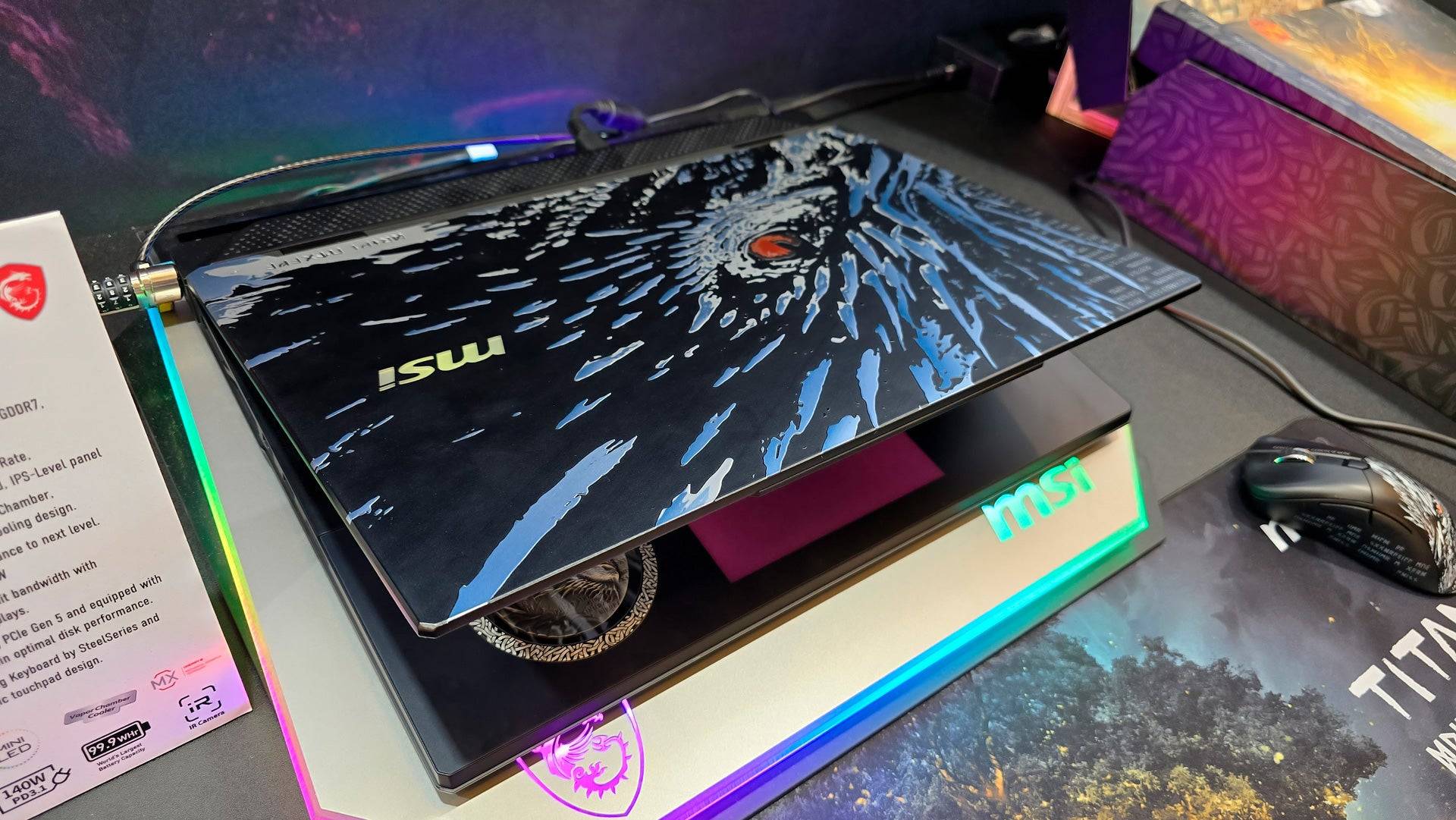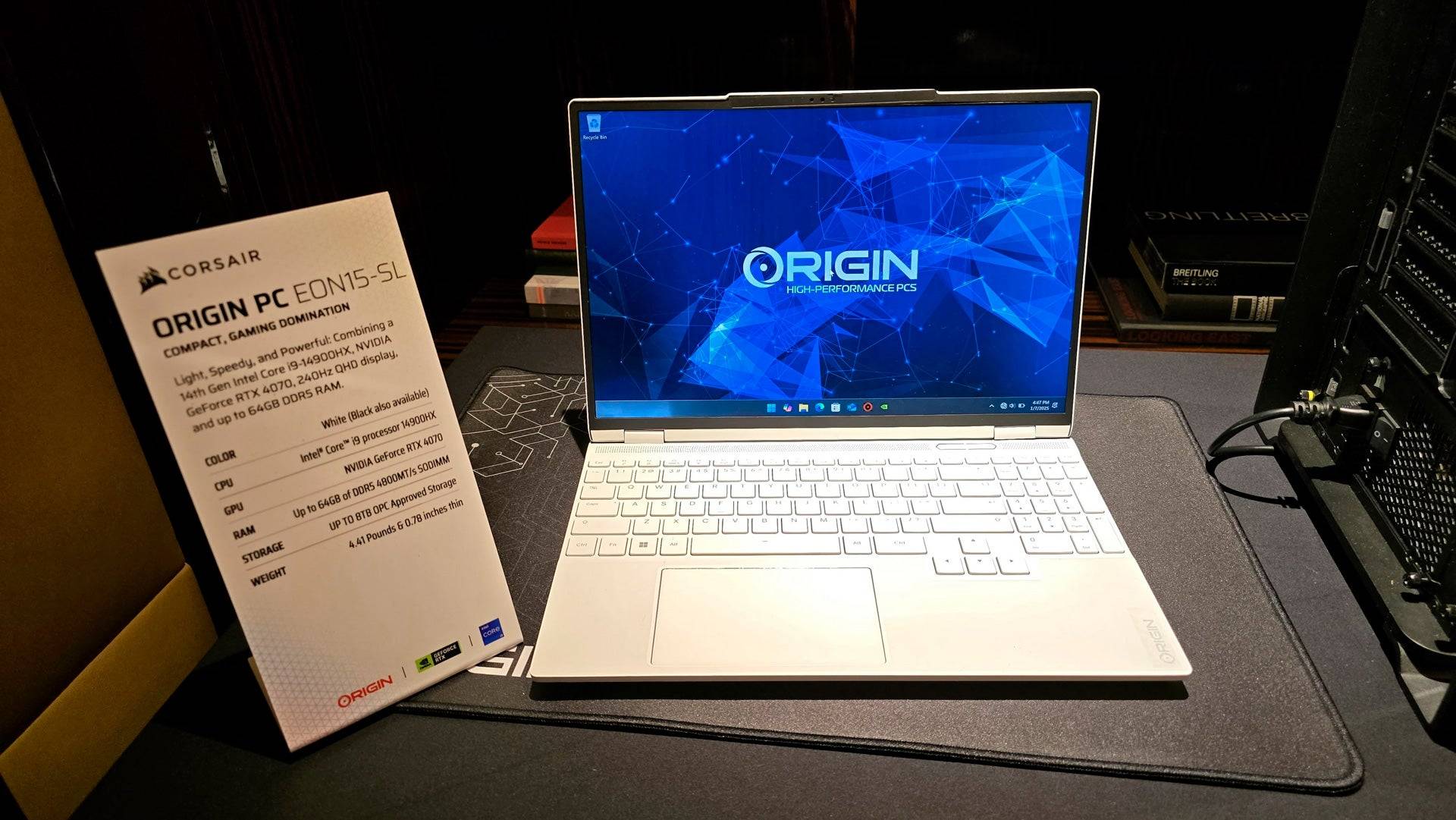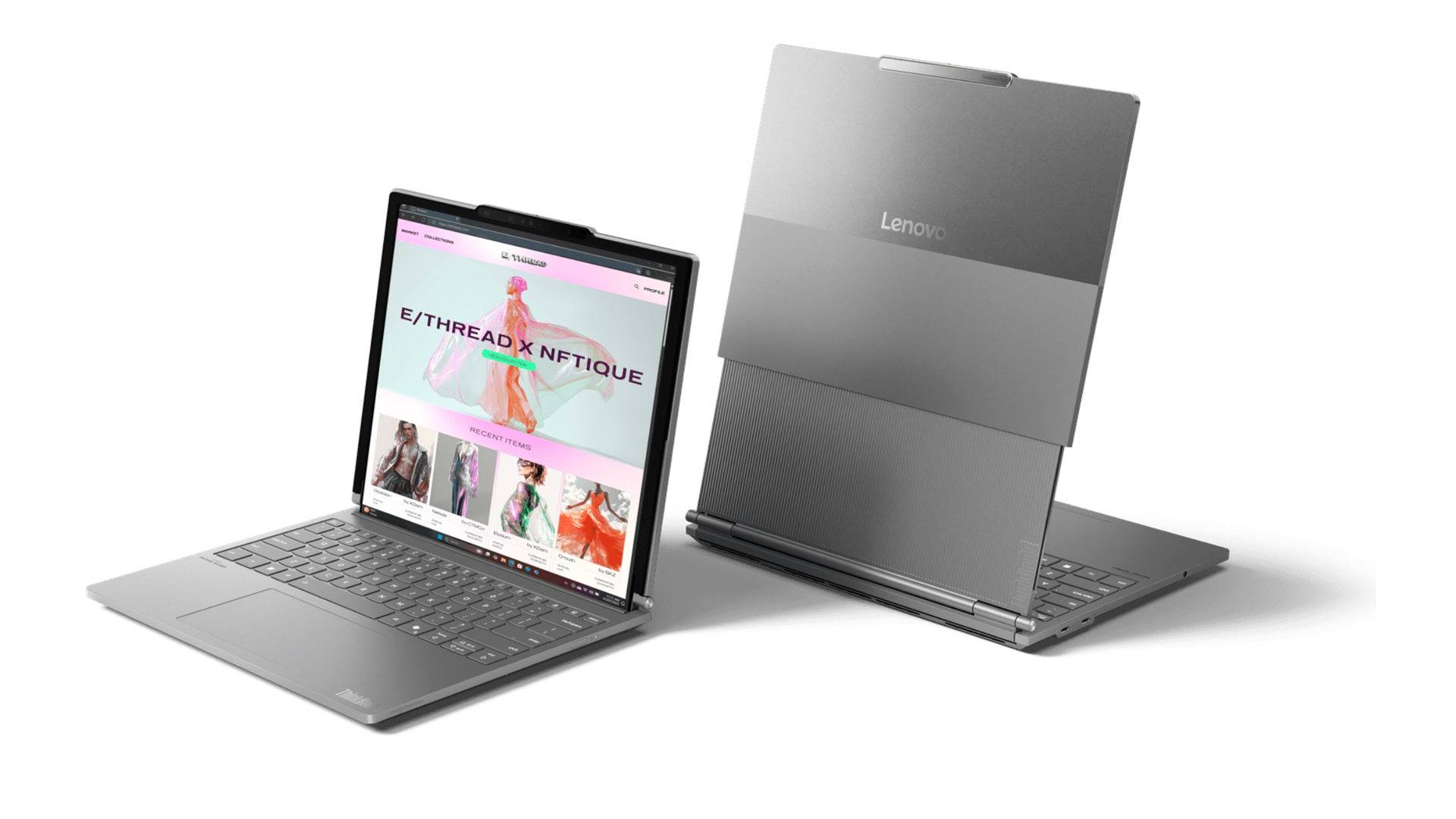CES never disappoints when it comes to showcasing the latest in laptops, and this year's event was particularly rich with innovations in gaming laptops. After exploring the show floor and numerous suites, I identified the key trends shaping the gaming laptop landscape in the current year. Here's a detailed look at the themes that are steering the direction of gaming laptops this year.
A Huge Diversity of Designs
Gaming laptops have always been known for their variety in design, but this year, the diversity felt more pronounced. This shift is driven by brands like Gigabyte and MSI, which are increasingly blending the lines between gaming and productivity. High-end gaming laptops are now expected to offer more than just superior hardware; they need to stand out aesthetically.
This year, we saw gaming laptops ranging from sleek and professional, like the Gigabyte Aero series, which could easily fit into a business environment, to bold and eye-catching models like the MSI Titan 18 HX AI Dragonforged Edition, with its striking graphics on the lid.
 RGB lighting continues to be a staple, with innovative implementations like wrap-around lighting rings, illuminated mechanical keyboards, and even trackpad lights. The Asus ROG Strix Scar series stood out with its AniME Dot Matrix LED display, showcasing text and animations on its lid.
RGB lighting continues to be a staple, with innovative implementations like wrap-around lighting rings, illuminated mechanical keyboards, and even trackpad lights. The Asus ROG Strix Scar series stood out with its AniME Dot Matrix LED display, showcasing text and animations on its lid.
While the core design principles remain familiar, expect to see some intriguing new elements alongside the traditional spectrum of bulky, high-performance machines to slim, portable options with a broad range of hardware capabilities.
 AI Assistants are Coming
AI Assistants are Coming
Last year, AI was touted as a feature in laptops, but the integration often fell short. This year, however, we saw more promising developments with AI assistants designed to enhance user interaction. For instance, MSI showcased a demo where a chatbot could adjust performance settings based on the user's game preference, automatically optimizing for intense gameplay.
While these AI systems are meant to work offline, I remain skeptical about their efficiency compared to manual adjustments. We'll need to wait and see how these features evolve and what practical benefits they bring to the table.
Mini-LED, Rollable Displays and Other Novelties
Mini-LED technology is finally gaining traction in gaming laptops. Asus, MSI, and Gigabyte all displayed Mini-LED laptops with top-tier specs and pricing. These devices boast over 1,100 local dimming zones to minimize blooming and enhance contrast, alongside impressive brightness and color accuracy. While OLED still leads in contrast, Mini-LED's advantages, such as no risk of burn-in and higher sustained brightness, are exciting prospects for future models.
Among the novelties, the ASUS ROG Flow X13 returned with eGPU support via USB4, offering a versatile solution for gamers needing extra power. Asus also showcased the Zenbook Duo, a dual-screen productivity laptop. However, Lenovo stole the spotlight with the Lenovo ThinkBook Plus Gen 6 Rollable, the first notebook with a rollable OLED display. This innovative design extends the 14-inch screen by an additional 2.7 inches at the push of a button. Though it appears somewhat awkward and raises durability concerns, it's a pioneering product that will likely improve with further development.
 Ultrabooks Continue to Rise, Even for Gaming
Ultrabooks Continue to Rise, Even for Gaming
The rise of ultrabooks has now extended into the gaming sector. Major manufacturers are introducing thin, light, and premium gaming laptops, often under the ultrabook banner. Gigabyte's revamped Aero line exemplifies this trend, offering a sleek design without compromising on performance.
This shift makes sense for gamers who don't require the highest settings for the latest games. Ultrabooks provide a portable solution that's ideal for both gaming and productivity. My review of the Asus TUF Gaming A14 last year highlighted how these machines can include dedicated graphics without losing their portability advantage.
 Moreover, the latest processors from AMD and Intel are increasingly capable for gaming, as evidenced by the performance of recent handheld devices. With features like AMD FidelityFX Super Resolution and Intel XeSS, along with frame generation, these processors can handle demanding games at playable levels. This capability raises questions about the necessity of lower-end dedicated graphics cards like the RTX 4050M.
Moreover, the latest processors from AMD and Intel are increasingly capable for gaming, as evidenced by the performance of recent handheld devices. With features like AMD FidelityFX Super Resolution and Intel XeSS, along with frame generation, these processors can handle demanding games at playable levels. This capability raises questions about the necessity of lower-end dedicated graphics cards like the RTX 4050M.
Additionally, cloud gaming services such as Xbox Cloud Gaming and Nvidia GeForce Now have matured to the point where they can deliver a satisfying gaming experience without the need for a dedicated gaming laptop.
This year's CES showcased a wealth of exciting developments in gaming laptops. We'll continue to cover these trends as they unfold. What caught your eye at the show? Share your thoughts in the comments below!






